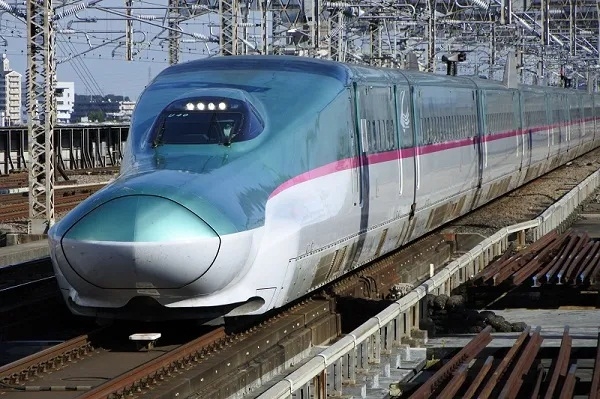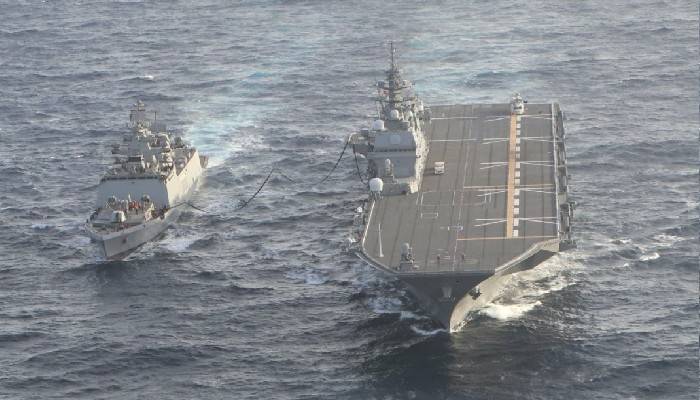PM Kishida said that the Shinkansen – a term used to describe bullet trains in Japan – has been embraced in Taiwan, India, and the United States, reports Ateet Sharma
Spotlighting the ongoing Mumbai-Ahmedabad High Speed Rail Project in India, Japanese Prime Minister Fumio Kishida hoped on Thursday that Japan’s Shinkansen technology will be adopted around the world.
Addressing the International High-Speed Rail Association (IHRA) Forum 2022 which began in the central Japanese city of Nagoya on Thursday, Kishida said that the Shinkansen – a term used to describe bullet trains in Japan – has been embraced in Taiwan, India, and the United States.
“Taiwan High Speed Rail has been the core transport system. The Mumbai-Ahmedabad High Speed Rail Corridor in India is steadily moving forward and expected to bring changes to Indian society,” the Japanese Prime Minister said at the forum’s inaugural session titled ‘Beyond the period of turmoil – towards the new future with high-speed rail’.
“The safety of Japan’s Shinkansen technology has been recognised in the United States as well,” he added during his video address.
India’s first project to construct a high-speed railway system has also figured prominently in Prime Minister Narendra Modi’s recent talks with his Japanese counterpart.
As India and Japan get ready to respectively assume the G20 and G7 presidencies, Prime Minister Modi – who met Kishida during a flying visit to Tokyo for the state funeral of late Japanese Prime Minister Shinzo Abe last month – stated his resolve to further strengthen the ‘India-Japan Special Strategic and Global Partnership’ and promote bilateral cooperation in various fields.

It was along with the late Japan prime minister Shinzo Abe that Prime Minsiter Modi had jointly laid the foundation stone for the Mumbai-Ahmedabad High Speed Railway (MAHSR) in September 2017 which became a flagship project representing the new era in India-Japan relations.
It is expected that the train will be able to travel a 500-km distance between the two major cities in two hours compared to the seven taken by the current express train service.
The introduction of Japan’s bullet train system will not only contribute to the efficiency of the transportation network, promote economic development in the broad target areas but also boost the ‘Make in India’ initiative.
The Japanese Shinkansen technology is known for its impressive safety records. In more than 55 years of its operations, there have been no train accidents because of technological failure.
According to India’s National High Speed Rail Corporation Limited (NHSRCL), the high speed train system will be fitted with the most advanced crash avoidance system and automatic brake application in case of overspeeding, among others.
Since the train will pass through some of the vulnerable seismic zones (Kutch, Koyna-Warna region, and Latur-Osmanabad), the rail corridor will be equipped with an early earthquake detection system.
The NHSRCL also aims to change modal transport system share in intercity travel through the introduction of high-speed rail as the work on Detailed Project Report (DPRs) for seven new HSR corridors is underway.
(The content is being carried under an arrangement with indianarrative.com)
ALSO READ: Japanese firms bet big on India

